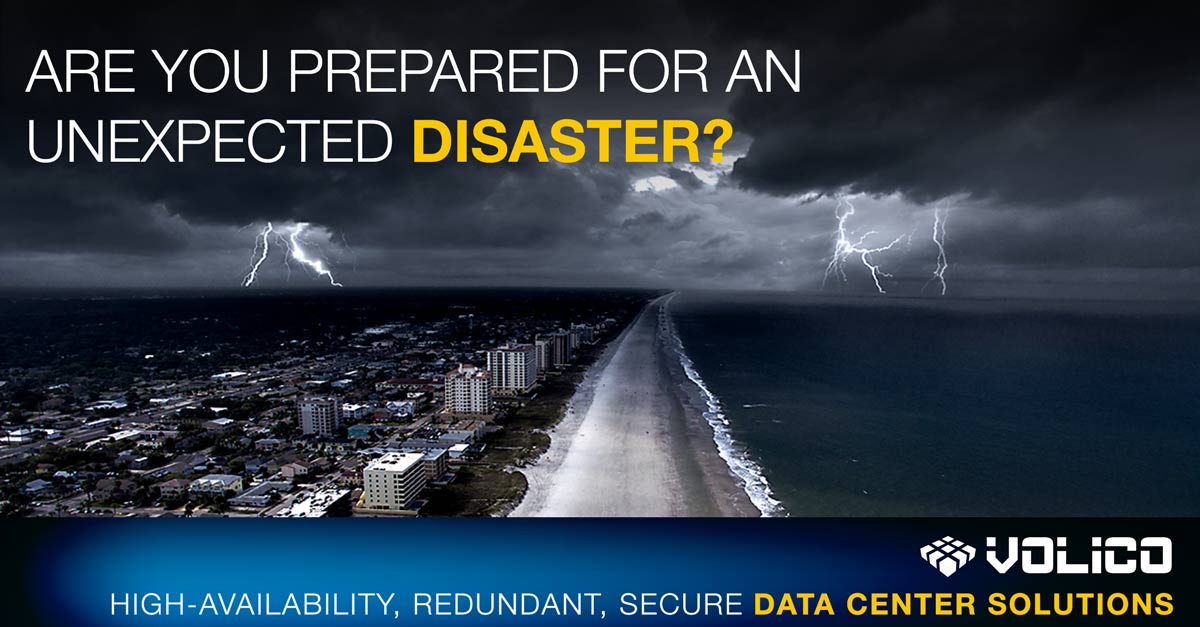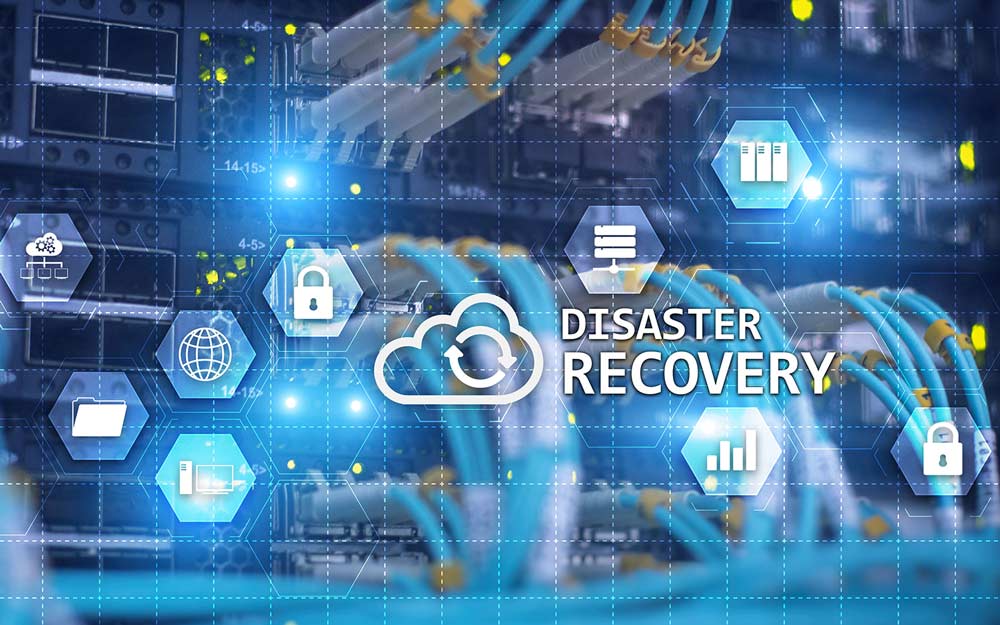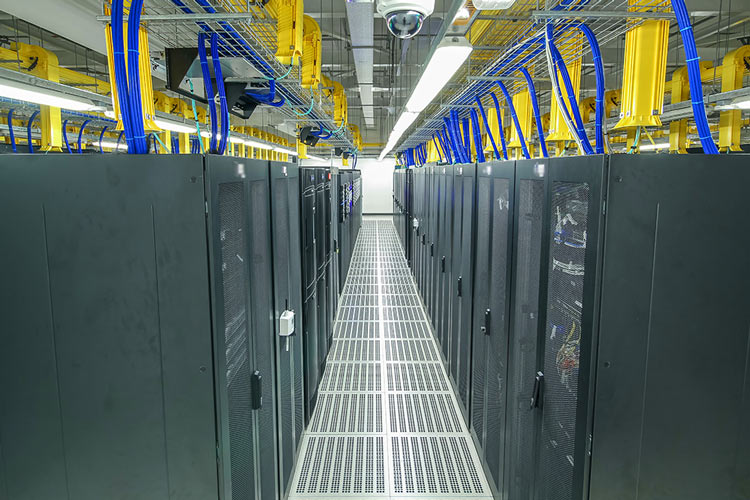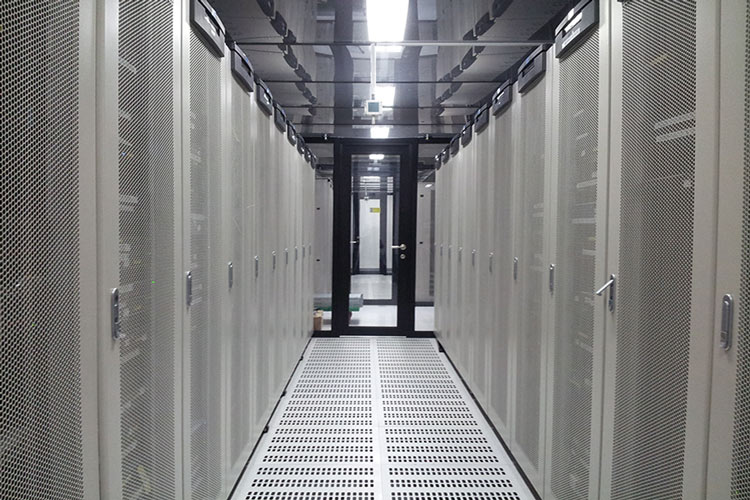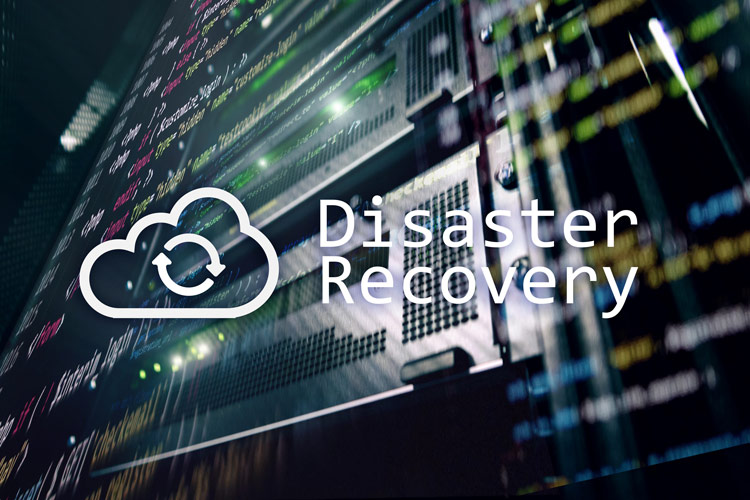Backups and disaster recovery are fundamental parts of a data security strategy. Both serve the purpose of keeping your data safe and ensuring that your business can keep going in case of an incident or disruption. The two work together and complement each other’s benefits; however, they cover two different approaches, methods, and purposes, so the two terms shouldn’t be used interchangeably.
While backup creates copies of your data, disaster recovery is a more comprehensive set of actions and plans that facilitates fast restoration following an outage. Backups are obviously essential for keeping your data safe, but they might not be enough to keep your business running.
This article explains the key differences between backups and disaster recovery and how to avoid the confusion.
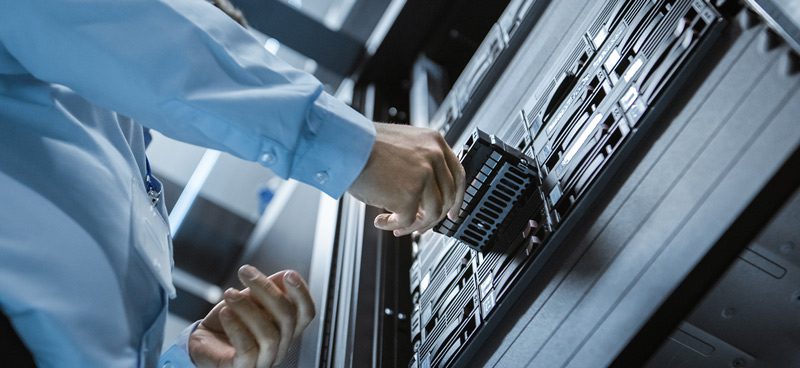
Backups and Disaster Recovery – Explained
Backups and disaster recovery are frequently mistaken for one another because of their similar goals. The explanation for this probably lies in the fact that you need to have backups for disaster recovery, but disaster recovery encompasses more than mere copies of your data. Understanding the key differences between these two critical data protection strategies will help you understand why the difference is important and why you need both backups and disaster recovery to keep your business on its feet.
Companies that already have a backup solution in place might ask the question: Do I really need the complexity of a disaster recovery solution on top of it? In some cases, the answer can be no. However, the bigger the company is, the higher the stakes are. Downtime after an incident without a disaster recovery plan can last days, which can mean significant financial loss for organizations. Considering that many companies go out of business within 12 months after experiencing a data breach, risking downtime might not be an affordable option for everyone.
Backups
Backup solutions are fundamental to keeping your data safe. Backing up is essentially creating copies of your files and applications at a predefined point in time, regularly. These copies serve the purpose of restoring your data after an eventual data loss. The time of backup can vary depending on an organization’s needs. It is usually automated, and the sequence can be scheduled anywhere from once a day to every 30 minutes. Backups can be stored on-site, in a data center, or in the cloud and are crucial in preventing data loss due to hardware failure, human error, or cyberattacks. So, if you fall victim to a ransomware attack and don’t want to pay the blackmailer, you have the option to go back to a point where you had your last backup and restore your files from there. Obviously, everything you’ve worked on since that last save will still be lost.
That’s why it’s recommended to have everything backed up, from applications to data, so you don’t lose all that you’ve been working on in case of an incident.
When comparing backups and disaster recovery, a key consideration with backup solutions is that recovering your data can take time. For time-sensitive applications, being down for days is just not an option.
Disaster Recovery
Disaster recovery is a set of predefined procedures that helps with restoring your IT infrastructure after an unfortunate event. Backups and disaster recovery go hand in hand because you need copies of your data for recovering in a secondary location once you get hit by a major catastrophic event. Disaster recovery is a solution that goes into action when large-scale disasters happen. For instance, a whole region can be affected if a natural disaster occurs. And if your production application is running in that zone, it is going to go down. What you can do in this situation is to go to your disaster recovery site – if you have one. Colocation data centers can offer significant support with disaster recovery and business continuity, and having a good provider can minimize the chances of your business having to recoil after an incident.
Disaster recovery is a more complex approach to handling data loss. It typically includes a detailed plan of action, a framework for the fastest way to recover after a disruption, and a plan to minimize downtime. Restoring with backups only takes more time, and time can be an issue with high-availability applications.
What are the differences?
While their goals may be similar, backups and disaster recovery cannot be considered the same. Yes, backups do serve the purpose of disaster recovery; however, they are not enough in themselves in case of a bigger disaster. At the same time, the frequency of the backups can make a huge difference when it comes to what you can restore after a data breach.
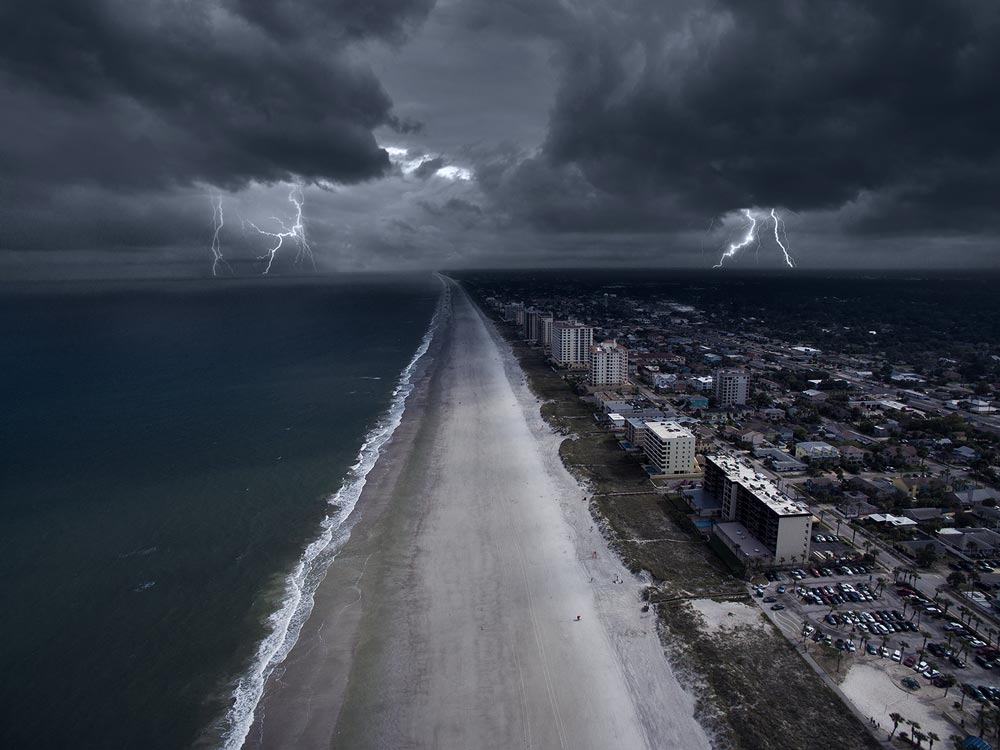
When the Difference Matters
If we want to define the difference between backups and disaster recovery, the answer lies in the risks of not having both. It’s simple: backups go into action in case of smaller risks, like host failures, smaller-scale cyberattacks, hardware failures, and involuntary deletion. On the other hand, disaster recovery gets in gear in case of larger-scale cyberattacks and failures affecting an entire larger region, like in the case of a natural disaster.
If a company experiences significant data loss or corruption, a simple backup solution might not be enough to protect them. Even if there is a backup solution in place, but the backup is scheduled once a week, for instance, a whole week’s work will be gone. Restoring everything from backups can take a lot of time, so there will unavoidably be additional costs of downtime, too.
Scaling Up
For comparison, let’s consider a larger-scale disaster in which the equipment and infrastructure are damaged. Even if a recent backup was taken, it might be destroyed or unavailable with the rest of the infrastructure. In this case, it’s easy to see why you need to have a secondary disaster recovery site, with equipment ready to replace the old one and facilitate a fast restoration of systems and infrastructure.
Backups are essential for creating copies of data you can use to restore post-incident. Disaster recovery encompasses backups, together with a broader set of security strategies and a business continuity plan that are crucial for getting back into business after a major catastrophic event.
A Data Breach Will Happen at Some Point
As we move a growing slice of our lives into the digital space, the trend of hacker attacks is growing as well. While natural disasters are responsible for many disruptions, they are not the most frequent type of disaster, putting your data in danger.
The number of ransomware attacks is growing, and it would be naive to hope that it only happens to other people. In case it does happen to us, recovering from backups can become lengthy. Data loss might not be the only kind of loss, either. Clients discovering that their data is not safe with a company can very quickly lead to serious reputational damage and client dissatisfaction.
Conclusion
Backups are a safety net against losing data and make it possible to restore to a previous point in time. However, backups cannot replace the comprehensive approach of disaster recovery comprising restoration protocols, business continuity measures and risk mitigation. Backups are crucial to ensure data availability, but a robust disaster recovery plan is necessary to secure business continuity. Backups and disaster recovery serve similar but different purposes, however, both are essential components of a full-scale security strategy.
At Volico Data Centers, we care about your business’s resiliency. Our data centers are built for safety, with category-five hurricane-resistant facilities equipped with gas-based inert fire suppression systems for increased protection. Business continuity with Volico can keep your business up and running even in the face of disruptions, natural disasters, and crashes.
If you want to learn more about how a comprehensive security strategy can offer your company resiliency, please check out our disaster recovery solutions. If you want to talk to a data center security expert, call (305) 735-8098 or send us a chat message.
